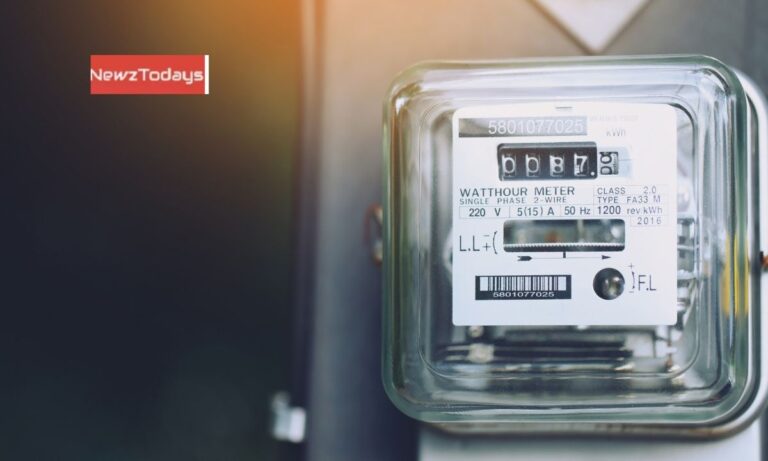Consumers Face Rs1.7tr Capacity Burden Amid New Package
Consumers are set to pay Rs1.7 trillion in idle capacity payments as NEPRA and industries question the government’s complex new Incremental Power Package.
Despite a revised agreement with Independent Power Producers (IPPs), Pakistani consumers are expected to bear Rs 1.7 trillion in capacity payments in 2026 to plants that have not produced a single unit of electricity. Officials from the Power Division confirmed that the payments, equal to about Rs 17 per unit, will go to idle power plants under existing take-or-pay contracts.
Read More:
- How to Download KE Duplicate Bill PDF Online
- How to Check and Pay IESCO Bill Online
- Check MEPCO Bill Online-A Quick Guide
The disclosure emerged as the National Electric Power Regulatory Authority (NEPRA) held a public hearing on Tuesday to review the government’s proposed Incremental Package for industrial and agricultural consumers. The plan aims to stimulate electricity demand and stabilise the grid but has drawn criticism from industry groups and regulators for its complexity and limited benefits.
Power Division officials said the new scheme was designed using “lessons learned in the past” and claimed it could contribute Rs 1.16 trillion to the country’s GDP. However, the ministry also warned that the package could be reviewed or terminated if the marginal cost of generation rises or total consumption exceeds target limits.
Under the proposal, electricity will be supplied at Rs 22.98 per unit to industrial and agricultural consumers of both XW-DISCOs and K-Electric, covering Time-of-Use (ToU) and non-ToU categories. The rate applies only to incremental consumption above a reference period between December 2023 and November 2024. The scheme will remain effective for three years from approval and is designed to be subsidy-neutral.
Officials argued that the measure is essential to increase consumption, improve grid stability, and offset rising capacity charges that now weigh heavily on consumers. They said the fall in demand—caused by higher tariffs and widespread solarisation—has left the grid under-utilised. Solar net metering has already surpassed 6,000 MW, while an estimated 12,000 – 13,000 MW of consumers have shifted entirely to off-grid solar systems.
Electricity demand in the agriculture sector has dropped by 40 – 50 percent, officials said, as farmers increasingly rely on private solar installations. They added that overall consumption patterns have changed, with power usage shifting from daytime to night hours, extending the national peak period from 10 p.m. to early morning.
NEPRA members questioned whether stakeholders had been properly consulted. “Have you taken stakeholders on board?” a technical member asked, as industrial representatives criticised the package’s structure and tariff rules.
Industry leaders, including Rehan Jawed of FPCCI, called the package “too complicated” and urged the government to extend the reference period to three years, simplify eligibility criteria, and reduce tariffs from Rs 22.98 to Rs 16 per unit. He also demanded the removal of cross-subsidies that increase industrial costs.
Amir Sheikh, another industrial intervenor, said the previous scheme had succeeded because it offered a fixed rate of nine cents per unit, while the new one was “discriminatory,” leaving some sectors at a disadvantage. He called for the load factor to be cut from 60 percent to 40 percent, particularly for textile units that rely on exports.
Representing the All Pakistan Textile Mills Association (APTMA), Syed Absar Ali said the textile industry had rejected the package outright. “No one can increase consumption by more than 15 percent,” he said, criticising the exclusion of captive power users and wheeling consumers. He urged the government to allow them a one-time option to rejoin the national grid under equal terms.
Another industrialist, Tanveer Barry, said the proposal was “confusing and unworkable,” warning that K-Electric might challenge it legally if clarity was not provided. “In its current form, this package will not be successful,” he said, urging an immediate review to ensure consistency and fairness across all sectors.
Power Division officials maintained that the scheme would encourage industries to operate more shifts and absorb idle generation capacity. They dismissed claims that solarisation had reduced overall electricity demand, arguing instead that usage patterns had shifted rather than declined.
Despite government assurances, industry groups remain unconvinced. NEPRA warned that uncertainty over tariff adjustments could continue to confuse investors and limit the policy’s impact.
With Pakistan’s circular debt exceeding Rs 2.6 trillion and capacity payments consuming nearly half of total power sector costs, the incremental package highlights the country’s struggle to balance affordability, demand growth, and contractual obligations to IPPs.
The Power Division said the initiative aims to protect grid stability and reduce idle capacity burdens. But unless industrial confidence improves and electricity consumption rises, consumers will continue to bear the heavy cost of Rs 1.7 trillion in capacity payments to power plants that produce no power.






